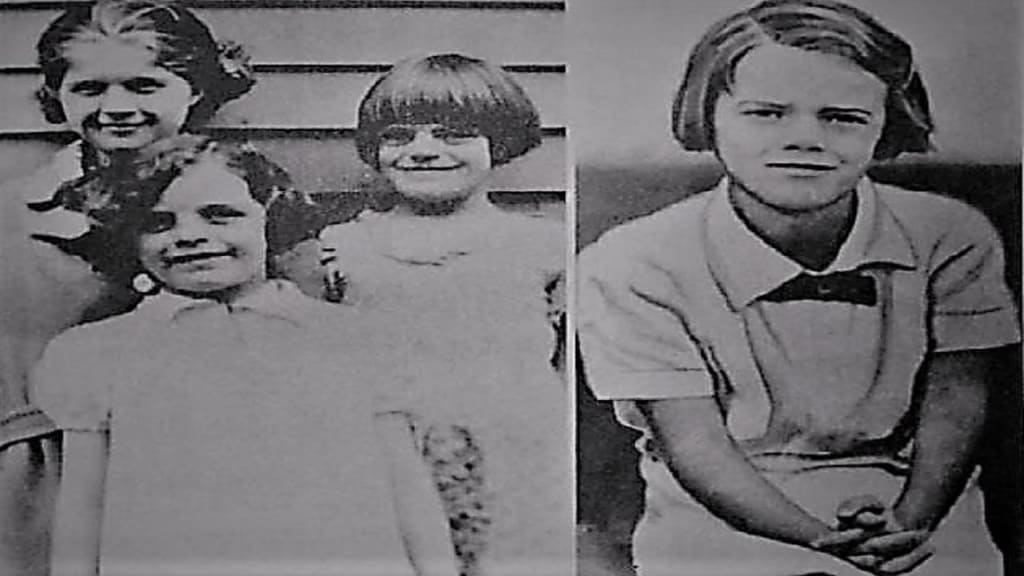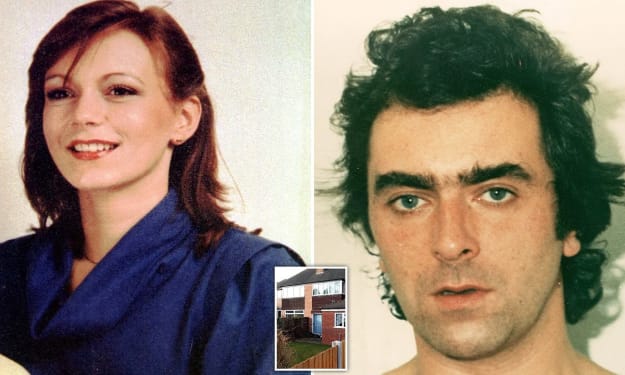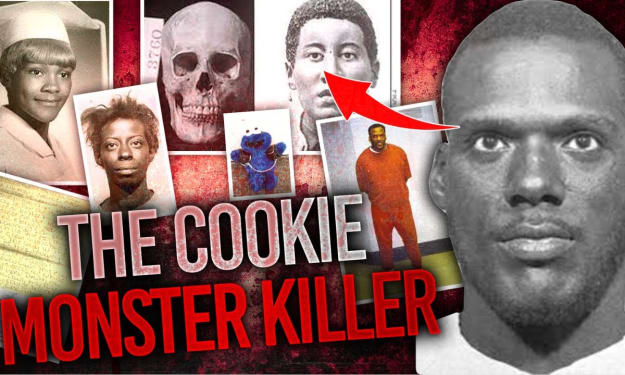Innocence lost
Three girls are abducted from a California park

On June 26, 1937, sisters Melba Marie Everett, Madeline Everett and a friend named Jeanette Stephens were playing at Centinela Park in Inglewood, California. The three girls were all under ten. Although there were many people at the park on that Saturday, something horrific would happen. The girls approached a pool attendant and asked for a rope because a man named “Eddie the sailor” wanted to show them a rope trick. He also showed the girls he could bend his hands behind his wrists.
After the girls failed to return home, the parents of the Everett sisters called the police to report their missing daughters. The parents had suspicions about “Eddie the sailor.” After the girls told their parents about him days before, they notified the authorities about him. The police didn’t take any actions.
Fortunately, Olive Everett accompanied her younger sisters to the park and warned them to avoid strangers. On Saturday, Olive didn’t return to the park with her sisters and Jeanette.
A large group of people assembled to find the girls. Based on witness accounts, people saw “Eddie the sailor” talking to the girls before they disappeared. On Monday, a group of boy scouts stumbled upon the three girls. Someone had sexually assaulted them and then strangled them with a rope.
A monster was loose in Inglewood
The killer also removed their shoes and placed them near the bodies. Investigators then asked Olive Everett to describe the stranger who approached her sisters a few days earlier. She described him as a dark-haired man with a mustache. Olive picked out Othel Leroy Strong. Another witness allegedly saw Strong driving a Ford roadster with an open box. This witness said he saw two little girls in Strong’s vehicle. Not only did Strong have dark hair and a mustache, he was also arrested for trying to have sex with an underage girl six months earlier.
Authorities located Strong at a lumber camp near Olympia, Washington. He had worked there for the past three weeks. The police ruled him out. A man named Albert Dyer became their next suspect. He had the mentality of a child. After the police questioned him, he confessed to killing the girls. Dyer’s wife spoke to the police and said he was home the entire day.
Keep in mind that authorities were under heavy scrutiny to catch the monster who had brutally murdered the three young girls. A mob had even assembled and threatened to break Dyer out of jail and kill him. Although the police claimed they had their killer, the families of the murdered girls weren’t so sure. Did the police coerce Dyer into confessing just to close the case? With Dyer’s low mental capacity, he would have most likely confessed to anything.
There were several problems with Dyer as a killer:
• As the school crossing guard, Dyer knew Olive and her sisters. Witnesses referred to the stranger as “Eddie the sailor” who definitely wasn’t Dyer;
• Dyer didn’t have a mustache;
• Witnesses saw the killer in a Ford roadster. Dyer didn’t own an automobile;
• Dyer couldn’t bend his hands back or perform rope tricks; and
• The girls were found three miles away from the park. Their parents said they wouldn’t have walked three miles.
During the investigation, the police found a more promising suspect named Fred Godsey. His nickname was “Freddie the sailor.” Godsey also had a mustache, dark hair, drove a Ford roadster with an open box, and had assaulted young girls in his past. A witness reported seeing Godsey with scratches on his face and bloody clothing on the day the girls disappeared. A teenage girl identified Godsey as the man she saw at the park when the girls disappeared. She claimed the police told her to identify Dyer instead. Other witnesses identified Fred Godsey as the man with the girls when they disappeared. Authorities ignored Godsey and charged Dyer with killing the three girls. He was convicted and then hanged on September 16, 1938.
If you review photographs of Othel Strong and Fred Godsey, they appear nearly identical. Olive Everett had misidentified Strong. It was a simple mistake. Was Albert Dyer innocent? Did the police coerce his confession and then ignore other potential suspects? Did the police arrest Dyer because of his childlike mentality? So many questions and no answers. Officially, the murders of the Everett sisters and their friend is a closed case. Sometimes justice is blind. However, the case of Albert Dyer makes you wonder if the police executed an innocent man.
About the Creator
Marc Hoover
Marc Hoover is a Hooper award winning columnist for the Clermont Sun newspaper in Ohio. Contact him at [email protected]. Marc also has a podcast called Catch my Killer.
Enjoyed the story? Support the Creator.
Subscribe for free to receive all their stories in your feed. You could also pledge your support or give them a one-off tip, letting them know you appreciate their work.






Comments
There are no comments for this story
Be the first to respond and start the conversation.